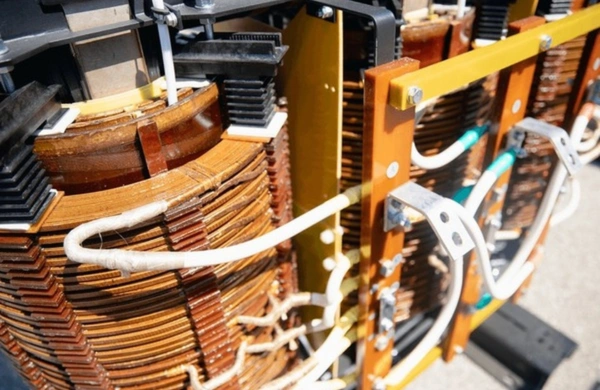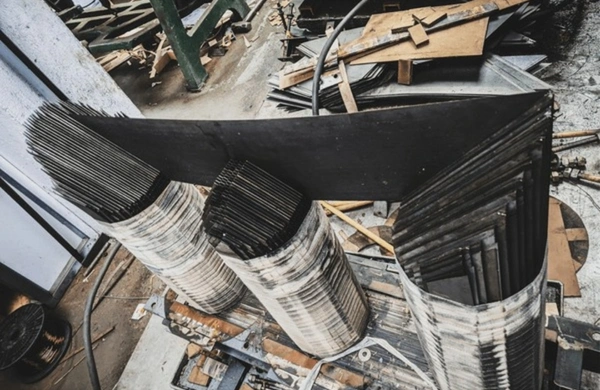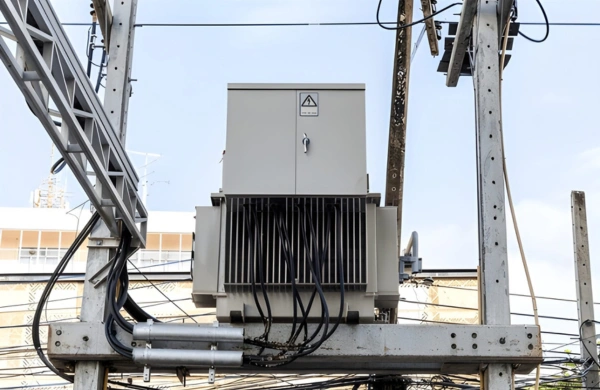As utilities and industries modernize their power infrastructure, container type transformer substations are redefining how grid expansion and emergency deployments are managed. Designed for rapid installation, mobility, and minimal site work, these prefabricated units combine transformers, switchgear, and protection systems in a compact enclosure—ideal for urban, remote, or temporary power setups.
Zetwerk, a trusted manufacturing partner serving North America, provides fully engineered containerized substations that meet ANSI, IEEE, and IEC standards—ensuring durability, scalability, and seamless integration into existing grid networks.
Know About Fast-deploy Containerized Electrical Substations for Modern Grids
1. What Are Containerized Electrical Substations?
A containerized substation, also known as a mobile or compact substation, is a pre-engineered system built inside a transportable steel container. It houses all essential electrical components such as:
- Power and distribution transformers
- MV/LV switchgear
- Protection and control panels
- Busbars, cabling, and auxiliary systems
Unlike traditional substations that require on-site civil work and assembly, containerized systems are plug-and-play units—fully tested at the factory and ready for deployment upon delivery.
2. Advantages of Containerized Substations
Containerized substations deliver significant operational and economic benefits:
- Rapid Deployment: Preassembled and tested in controlled factory environments, installation time is reduced by up to 70%.
- Space Optimization: Compact design enables deployment in urban, industrial, or space-constrained sites.
- Mobility: Easily relocated for temporary power needs or project-based applications.
- Reduced Downtime: Ideal for emergency restoration or grid upgrades without prolonged outages.
- Safety & Reliability: Factory testing ensures compliance with international protection standards (IP54–IP65).
These advantages make containerized substations a key enabler of grid modernization, especially in renewable and industrial integration projects.
3. Engineering Design and Customization
Every containerized substation is custom-engineered based on project voltage levels, load capacity, and environmental conditions.
Key design parameters include:
- Voltage Range: 11 kV to 66 kV typical for industrial and utility-grade systems.
- Power Rating: Up to 50 MVA with integrated cooling and ventilation systems.
- Thermal & Environmental Design: Includes forced-air cooling, insulation, and corrosion protection coatings.
- Protection Relays & SCADA Integration: Advanced monitoring systems for remote diagnostics and grid connectivity.
Zetwerk’s engineering teams collaborate closely with utilities and EPCs to ensure that every design meets regional compliance and project-specific performance goals.
4. Applications Across Industries
Containerized substations are increasingly deployed in:
- Renewable Power Plants: Quick integration of solar or wind farms into regional grids.
- Oil & Gas Sites: Powering offshore rigs or temporary installations in challenging terrains.
- Mining & Construction Projects: Rapidly deployable units to meet site-based energy demands.
- Emergency Backup & Disaster Recovery: Immediate power restoration in crisis conditions.
- Urban Distribution: Space-saving grid nodes for high-density areas.
Zetwerk’s modular designs ensure adaptability across these sectors, supporting both short-term and permanent power requirements.
5. Manufacturing & Quality Assurance
Zetwerk maintains end-to-end control over the manufacturing process—from core fabrication to system assembly—ensuring each unit is built to global standards.
Quality protocols include:
- Type testing per IEC 62271, ANSI C37, and IEEE C57 standards.
- Pre-dispatch factory acceptance testing (FAT) for full functionality.
- Modular skid-based construction for faster on-site integration.
- Compliance with NEMA, CSA, and ISO 9001:2015 quality frameworks.
This manufacturing rigor guarantees operational reliability, long service life, and reduced maintenance costs in the field.
6. The Future of Containerized Substations
As power infrastructure evolves toward decentralization, modular substations will play an increasingly critical role in supporting microgrids, renewables, and electric mobility networks.
Advancements such as digital monitoring, IoT sensors, and predictive maintenance analytics are transforming how substations are operated and maintained—making them smarter, safer, and more efficient.
Conclusion
Containerized electrical substations represent a new era of efficient, flexible, and rapid power deployment. For industrial operators, EPCs, and utilities seeking turnkey substation solutions, Zetwerk tranformer solutions delivers end-to-end design, manufacturing, and testing capabilities that ensure consistent performance and compliance with North American standards.




With precision engineering, shorter lead times, and proven quality control, Zetwerk enables faster project execution and dependable grid connectivity.
FAQs
a. They generally range from 11 kV to 66 kV, customizable based on industrial or utility requirements.
a. Typically within 6–10 weeks, depending on customization and logistics.
a. Yes, many are designed for both temporary and long-term operation.
a. All systems adhere to ANSI, IEEE, IEC, and ISO quality standards.
a. Absolutely—Zetwerk’s systems are fully compatible with SCADA, IoT, and advanced monitoring platforms.







